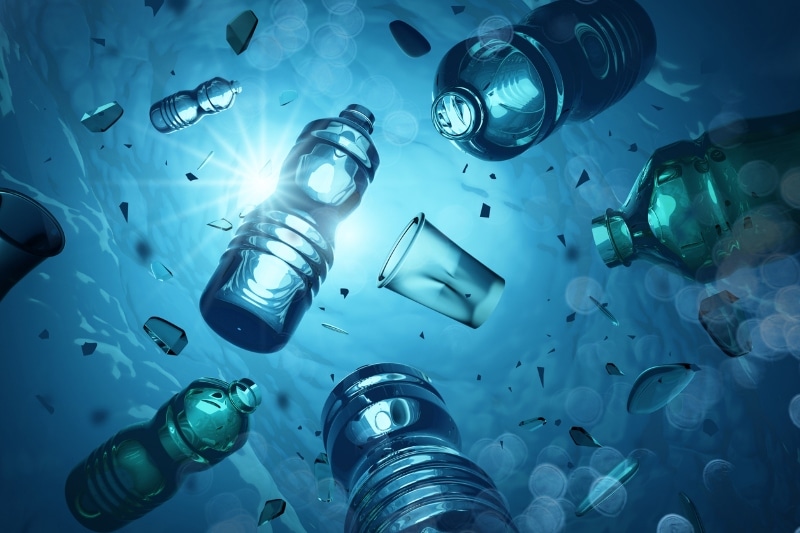Chulalongkorn University has partnered with The Ocean Cleanup and Thailand’s Department of Marine and Coastal Resources to use camera and artificial intelligence technology to monitor waste in the Chao Phraya River. The aim is to reduce environmental damage and improve waste management policies both on land and in water. From 2021 to 2024, the research team installed cameras at three key bridges—King Pinklao, Arun Amarin, and Bhumibol—to record images every 15 minutes. These images are processed by The Ocean Cleanup’s AI system to track the amount, type, and movement of waste in the river.
The findings show that plastic is the most common waste material. The solar-powered Interceptor vessel, developed by The Ocean Cleanup, has been able to collect between 6 and 7 tons of waste over two to three days, depending on weather conditions. This data will inform future waste reduction strategies and guide national policy.
Thailand is one of the top ten countries for inefficient waste management, and marine waste remains a serious problem. In 2022, coastal provinces generated about 11.6 million tons of waste, including 302,000 tons of plastic. Around 10 to 15% of that plastic ends up as marine debris.
The project is part of broader efforts since 2017 to reduce marine waste through collaboration among government agencies, the private sector, and local communities. Researchers expect that improved data collection and analysis will lead to more targeted and effective waste policies. They emphasize that addressing marine pollution requires international cooperation and shared responsibility.
(Source: Chulalongkorn University)

